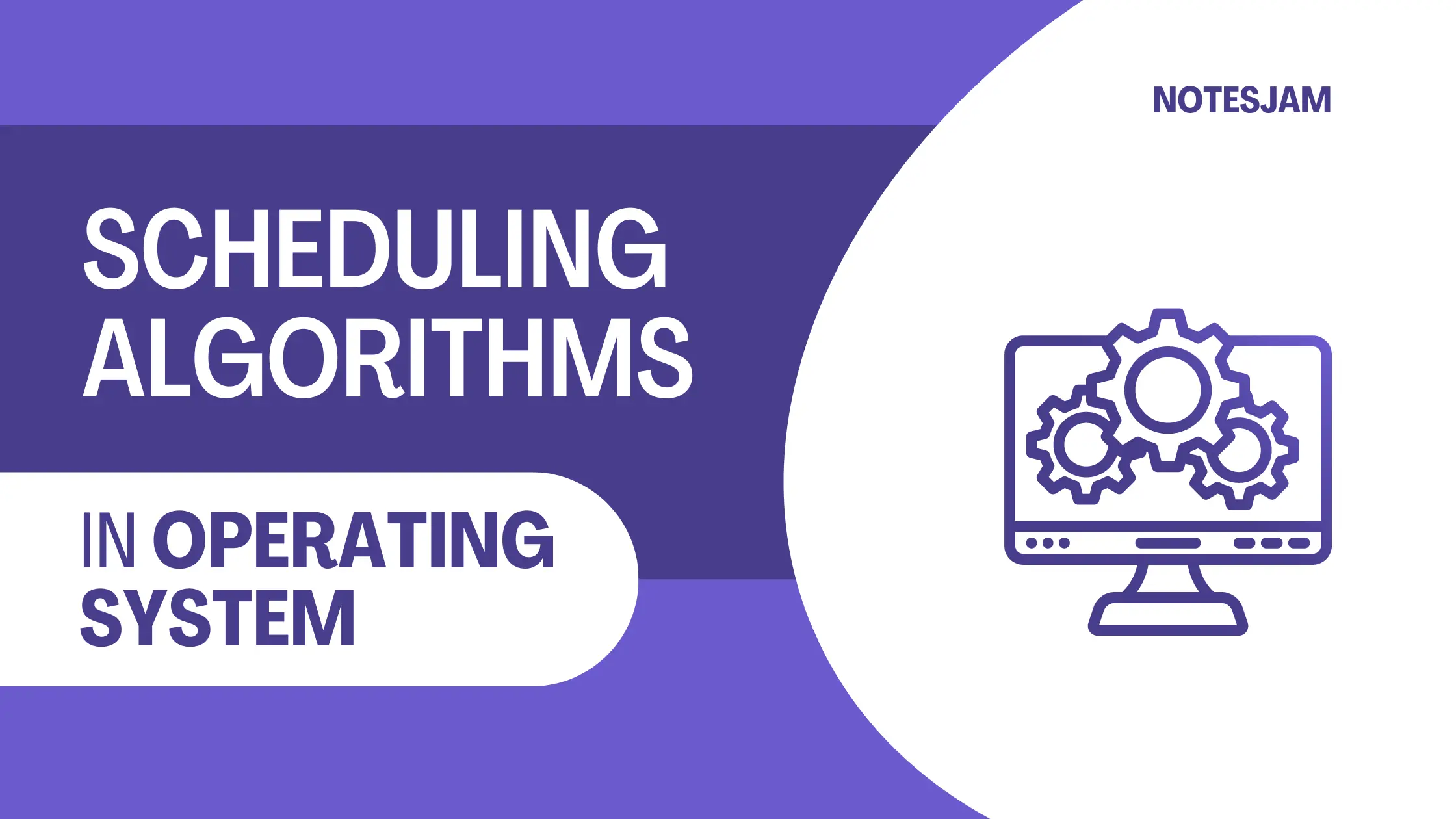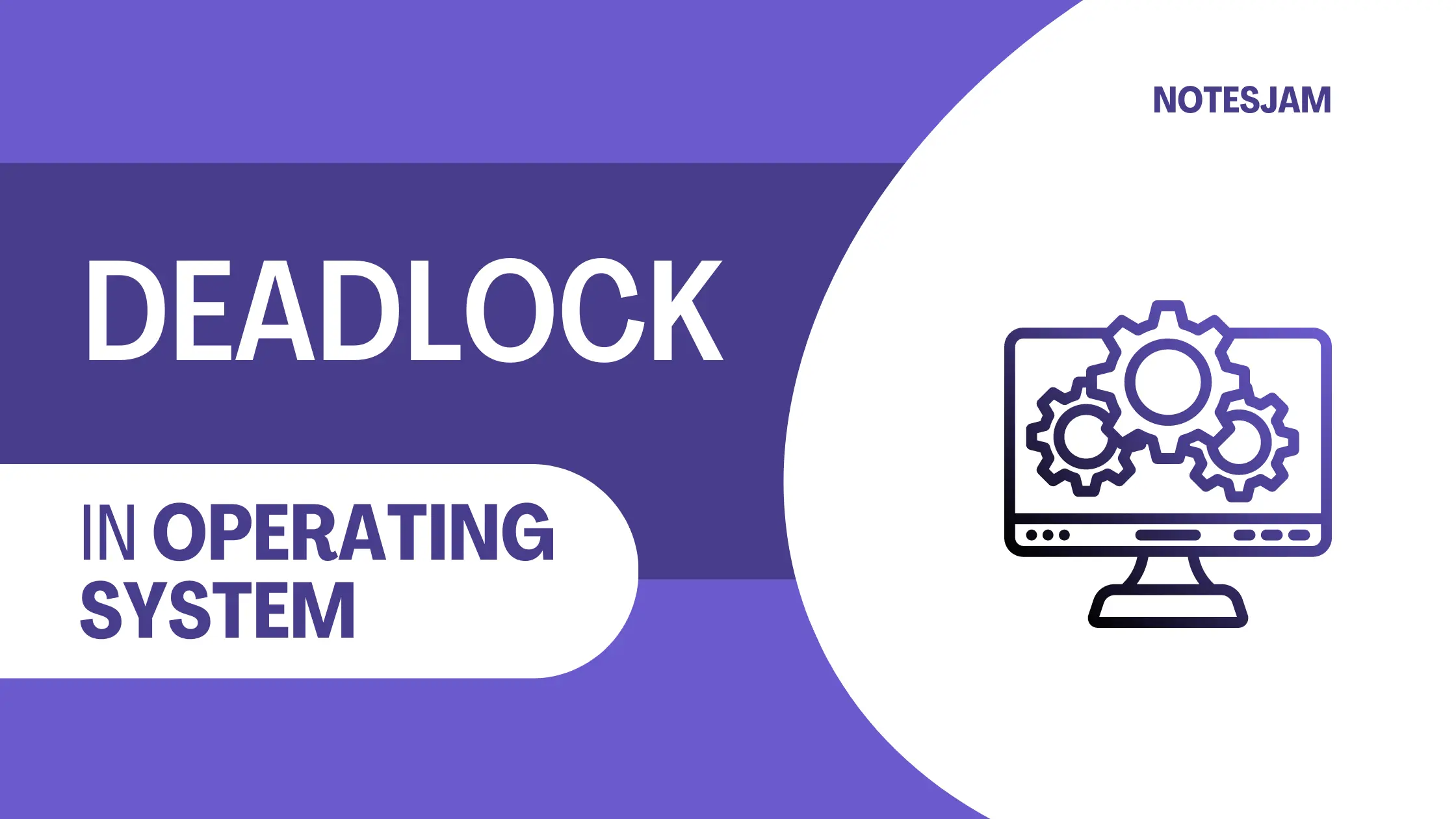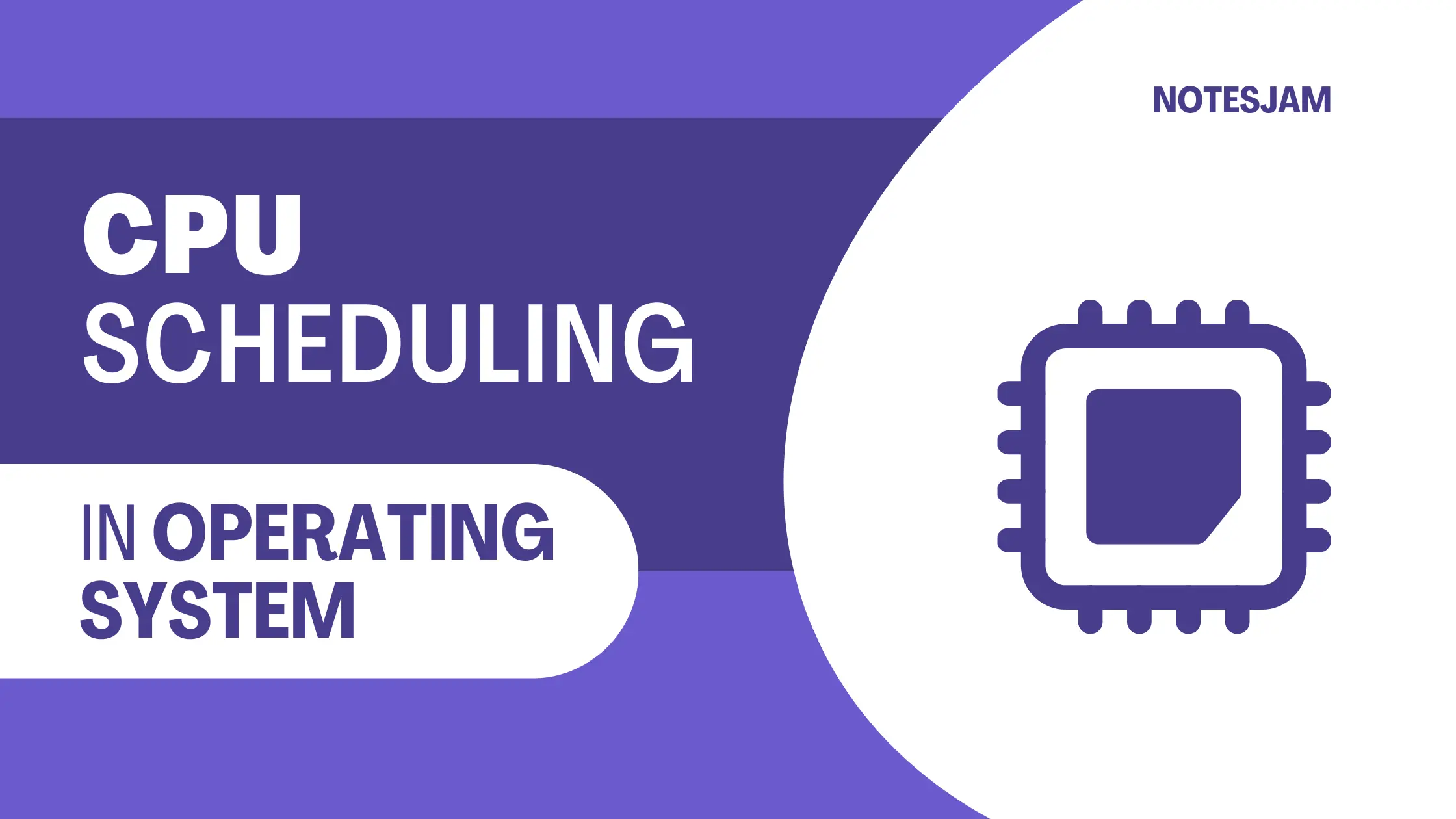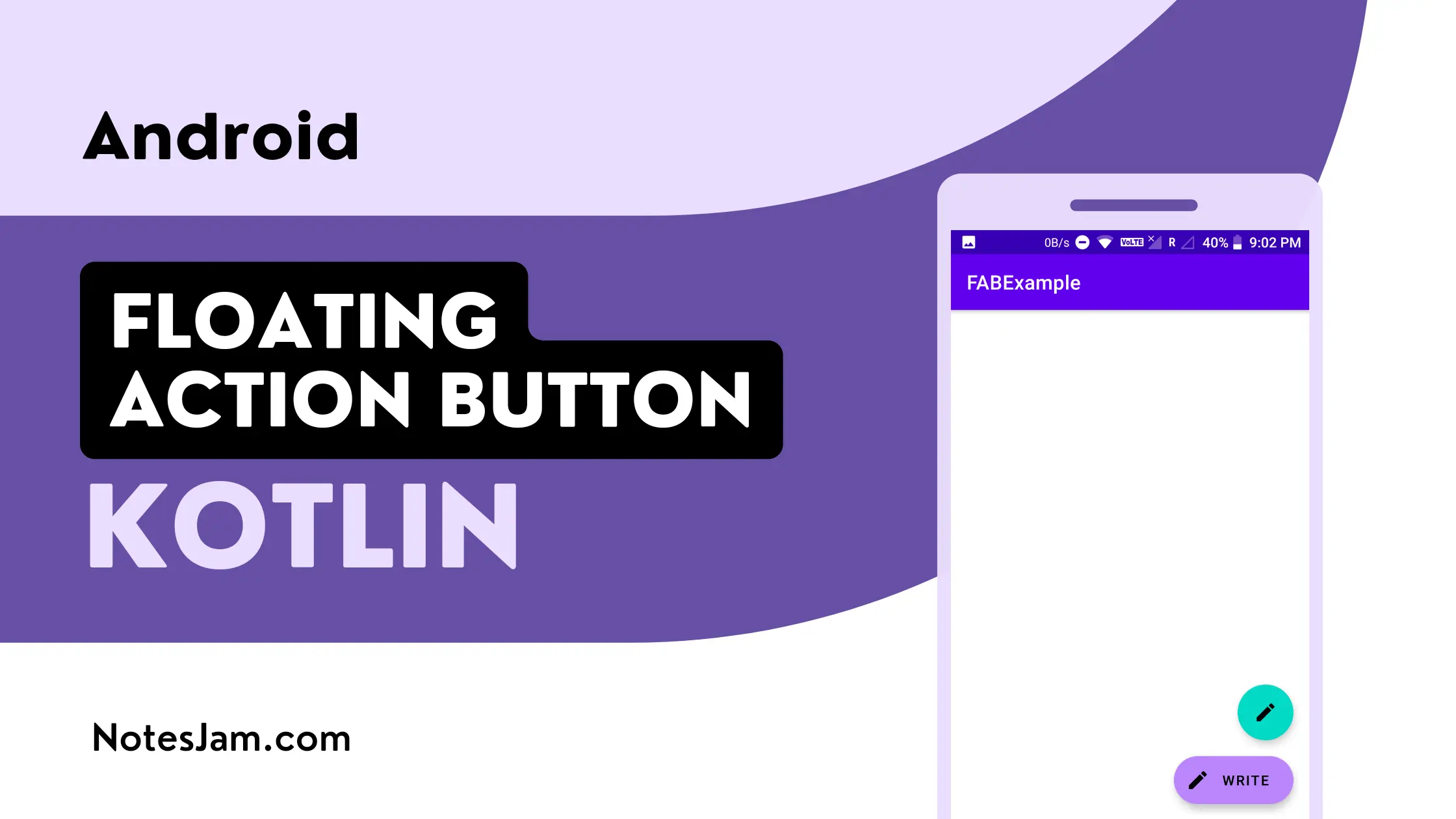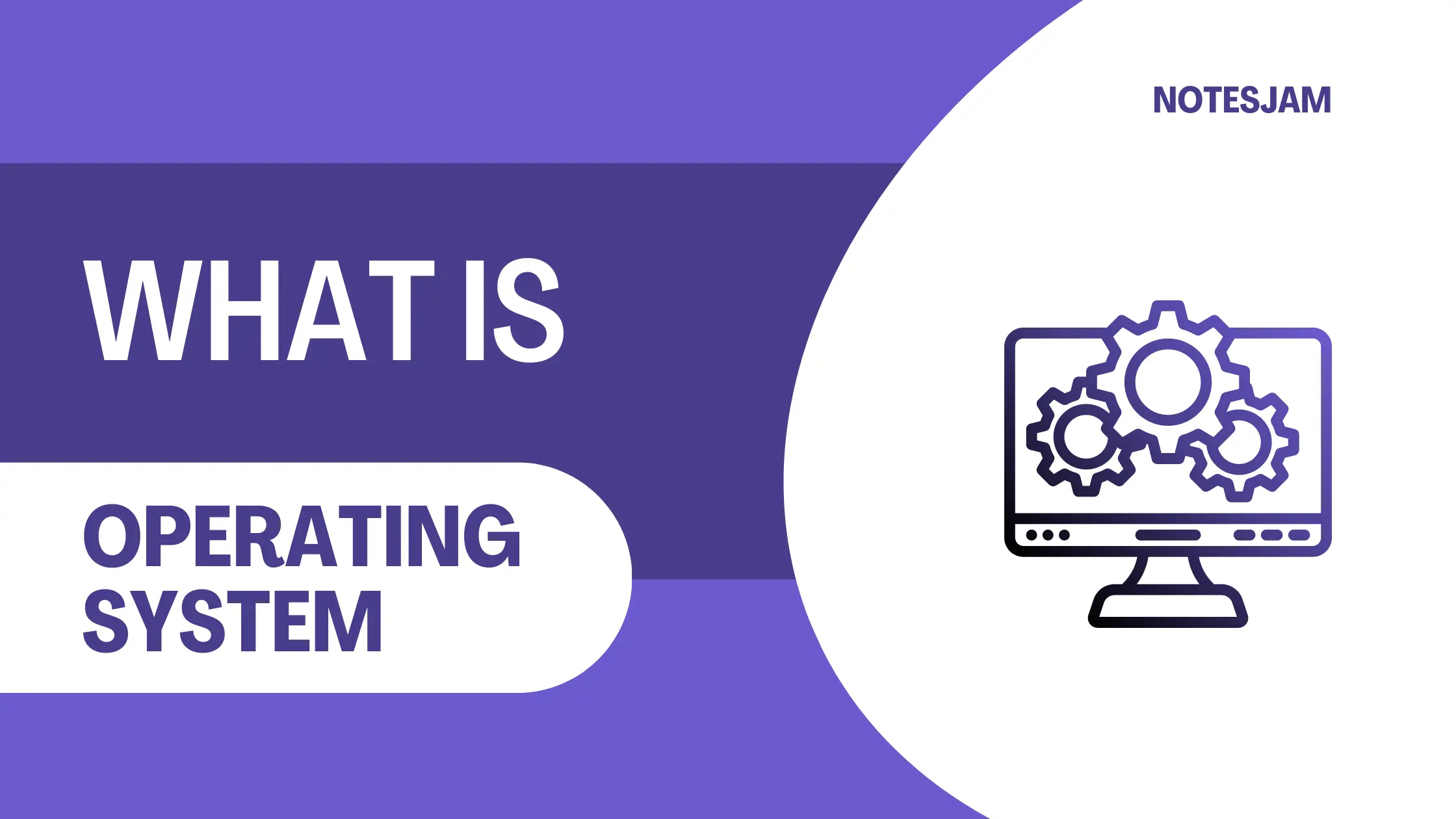In the realm of prompt engineering, the art and science of crafting effective queries are crucial for obtaining desired results. One key aspect of this process is selecting the right keywords.
Whether you’re working on natural language processing models or chatbots, the success of your prompts often hinges on the careful consideration of the words you choose.
In this blog post, we’ll delve into the importance of choosing the right keywords and provide practical tips for optimizing your prompts.
Table of Content
Understanding the Significance of Keywords
Keywords are the building blocks of prompts. They serve as the bridge between human input and machine understanding. When users interact with language models, the choice of keywords significantly influences the model’s ability to comprehend and respond appropriately. Effective prompts require a thoughtful selection of keywords to convey the user’s intent accurately.
Clarity of Intent
Selecting keywords that precisely convey the user’s intent is paramount. Ambiguity can lead to misinterpretation by the model, resulting in inaccurate or irrelevant responses. Consider the context of your application and choose keywords that leave little room for misunderstanding.
For instance, in a weather forecasting model, specifying location-related keywords like “current weather” and “forecast” can ensure a clearer intent.
Variety and Synonyms
Language is dynamic, and users may express the same idea using different words. Including a variety of synonyms in your prompts expands the model’s understanding and accommodates diverse user inputs.
This versatility enhances the user experience and ensures that the model can handle a broader range of queries. Utilize tools like WordNet to identify relevant synonyms and enrich your keyword pool.
Tips for Choosing Keywords
Now that we’ve established the importance of keywords, let’s explore some practical tips to aid you in selecting the right ones for your prompts.
User-Centric Approach
Understand your target audience and tailor your keywords to align with their language and preferences. Consider conducting user surveys or analyzing customer interactions to identify common phrases and expressions. This user-centric approach ensures that your prompts resonate with the intended audience, leading to more effective communication with the model.
Contextual Awareness
Keywords derive their meaning from the context in which they are used. Ensure that your prompts incorporate contextual information to guide the model accurately. For example, if your application involves restaurant recommendations, including location-based keywords like “nearby” or “local” adds crucial context for the model to generate relevant responses.
Testing and Iteration
The effectiveness of keywords may vary based on the specific model and application. Adopt a testing and iteration approach to refine your prompts continually. Evaluate the model’s responses to different keyword combinations, gather user feedback, and adjust your keyword strategy accordingly. This iterative process is essential for fine-tuning prompts and enhancing the overall performance of your language model.
Analyzing Model Output
Regularly analyze the output generated by your language model in response to user prompts. Identify patterns of misinterpretation or instances where the model struggles to provide accurate responses. This analysis can offer valuable insights into potential keyword improvements. Adjust your keyword selection based on these observations to address specific challenges and enhance the model’s performance.
Tools and Resources for Keyword Optimization
Several tools and resources can aid in the process of keyword optimization for prompts. These tools streamline the identification of relevant keywords and contribute to the overall effectiveness of your language model.
Natural Language Processing Libraries
Explore NLP libraries such as NLTK or spaCy to leverage advanced linguistic features for keyword extraction. These libraries provide functions for part-of-speech tagging, named entity recognition, and other language analysis tasks, allowing you to identify and prioritize keywords with greater accuracy.
Word Embeddings
Word embeddings, such as Word2Vec or GloVe, capture semantic relationships between words. Incorporating word embeddings into your keyword selection process enhances the model’s understanding of context and semantic similarities. This, in turn, improves the relevance and effectiveness of your prompts.
User Feedback Systems
Implement mechanisms for collecting user feedback on model interactions. This valuable input can highlight areas where keyword optimization is needed. Analyzing user feedback helps in refining prompts and ensuring that they align with user expectations and language patterns.
Case Study: Keyword Optimization in Virtual Assistants
To illustrate the practical application of keyword optimization, let’s consider a virtual assistant designed to help users schedule appointments. The choice of keywords in this context plays a pivotal role in the assistant’s ability to understand and fulfill user requests.
Scenario 1: Ineffective Keywords
Prompt: “Set up a meeting for tomorrow.”
In this scenario, the keywords “set up” and “meeting” may not provide sufficient context for the assistant. It could misinterpret the user’s intent, leading to a generic response. Improvements are needed to convey details like time, participants, and location.
Scenario 2: Optimized Keywords
Prompt: “Schedule a team meeting at 10 AM tomorrow in the conference room.”
By incorporating specific details such as “team meeting,” “10 AM,” and “conference room,” the keywords provide clear and comprehensive instruction to the virtual assistant. This optimized prompt increases the likelihood of accurate and actionable responses.
Conclusion
Choosing the right keywords is a fundamental aspect of prompt engineering that directly influences the performance of language models and chatbots. By prioritizing clarity, variety, and contextual awareness, developers can create prompts that effectively communicate user intent. Regular testing, iteration, and analysis of model output contribute to ongoing improvements in keyword selection.
In the evolving landscape of natural language processing, the journey toward crafting impeccable prompts continues. Embrace a user-centric mindset, leverage cutting-edge tools, and stay attuned to user feedback to refine your keyword selection process. The quest for the perfect prompt is a dynamic endeavor, but with a strategic approach to keyword optimization, you can navigate this terrain with confidence and finesse.

